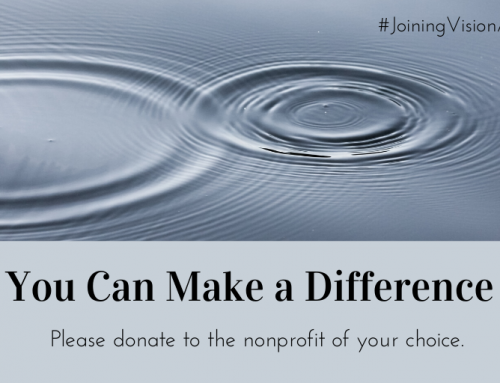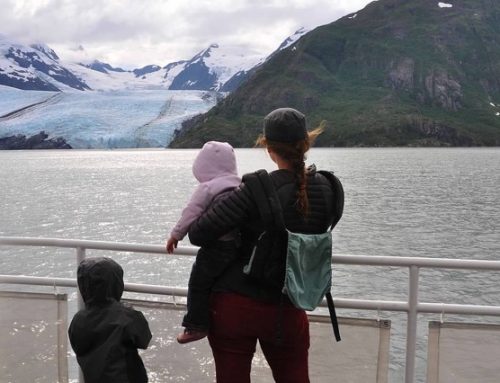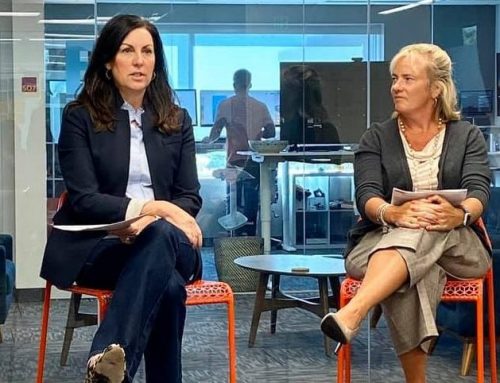By Janine Vanderburg, President/CEO, Joining Vision and Action
What kind of social capital can increase the sustainability of your organization?
Over the weekend I read Hillbilly Elegy, the much-discussed memoir of being from Appalachia and growing up in the rust belt. In it, Yale-educated lawyer J.D. Vance tells the personal story of growing up white working class along with an analysis of class and privilege. Reading it provides great context for what’s going on in today’s America, and the upcoming election. Important read in and of itself, whether or not you work in the social sector.
The more I reflected on it, though, the more certain themes reminded me of a very different book I read last year—Chris Rabb’s Invisible Capital: How Unseen Forces Shape Entrepreneurial Opportunity, which explores the dynamics of power and privilege in the business world.
 Vance’s book is lyrical and personal, while Rabb’s is better suited to the boardroom than the bedroom. But what ties them both together is a focus on the importance of social capital
Vance’s book is lyrical and personal, while Rabb’s is better suited to the boardroom than the bedroom. But what ties them both together is a focus on the importance of social capital
The best “preparation” for successful entrepreneurship turns out to mean, at least in part, being born into the right kind of family and the right kind of bodies and being placed in the right kind of environment.
This led me to thinking: What is the relationship of an organization’s social capital to its long-term sustainability? What can you do to increase your social capital?
The standard saying for the sector is to look for board members who bring “time, talent and treasure.” But is this enough? And what does it mean for a start up social entrepreneur who is big on ideas but not so large on the kind of cultural capital and connections that come with being born into the right family or the right neighborhood, or as Rabb says, into the “right body?”
This is something that we’re going to study more at JVA, but here are some initial thoughts for your consideration:
- Map out the specific forms of social capital necessary to move your idea forward. Not all social sector organizations will need the same things. Do you need wealth? Political clout? Connections to other communities or cultures?
- Reach beyond your friends and family when forming your board and recruiting initial team members. Use LinkedIn and other resources to connect with people who may be connected to you. Map all of your networks and ask for help.
- Reciprocate. Share information, connections, resources and friends. Regardless of your background, there is social capital you have that others don’t. Think of where you can be useful.
At first glance it does seem as though social capital (and as such, sustainability) can be increased through some dedicated effort. Perhaps it can be accomplished through external channels (learning about the unknown or unfamiliar, leaning into already existing supports) or by internal auditing (examining limiting beliefs about what is available to you or your organization, being open to possibility and connection). Or perhaps it’s something entirely different. We’re excited to develop our understanding of this more. In the meantime … what do you think?
[1] Defined by Rabb as “the set of networks” that each of us has.






Leave A Comment